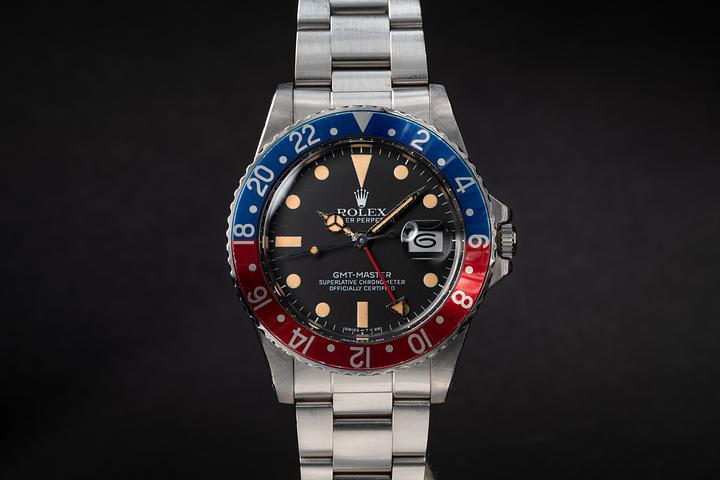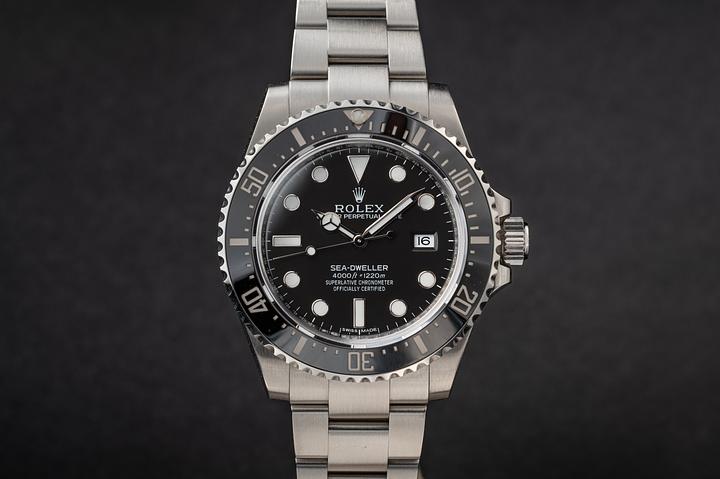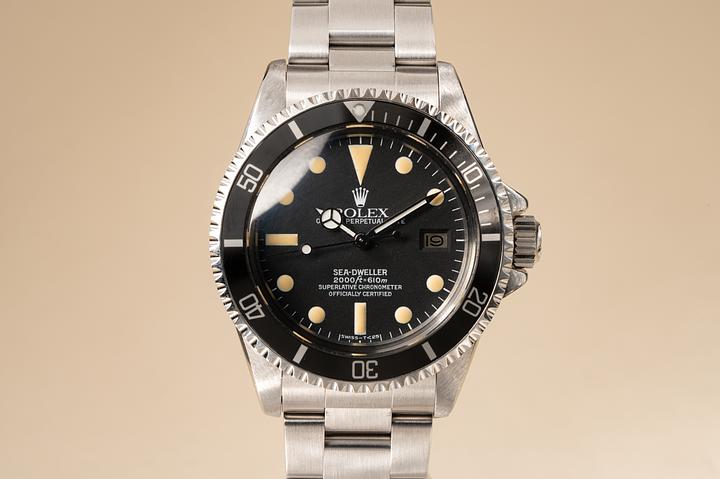Inside the Domino’s Rolex: Where Fast Food Meets Fine Time
.jpeg)
Inside the Domino's Rolex: An Unexpected Fusion of Fast Food and Fine Watches
Okay, let’s take a moment and just—pause. Because this isn’t your average horological tale. We’re diving deep into something that’s equal parts iconic and eyebrow-raising: the Domino’s Rolex. You read that right. Picture this—a prized Rolex Oyster Perpetual or Air-King wristwatch, gleaming stainless steel, crowned with Royal Swiss craftsmanship, and… the Domino’s Pizza logo right at six o'clock. It’s the kind of juxtaposition that makes you double-take, maybe laugh, and then finally, admit: huh, that’s actually kind of brilliant. But behind this curious collaboration lies a surprisingly robust backstory, tied to performance incentives, American franchise spirit, and a subtle nod to one of the most revered names in the Swiss watch industry. Yep, we’re going there.
The Humble Beginning of the Domino’s Rolex Incentive
This all starts in the 1980s. We’re not talking about buzzy collaborations you’d expect from today’s fashion houses or sneaker brands. Back then, Domino’s Pizza founder Tom Monaghan wasn’t trying to make a statement. He was setting a goal. His mission was simple: motivate franchisees to sell more. The tool? An unmistakable prize. A Rolex watch. Not a knockoff, not a novelty gimmick. A real, Swiss-made Rolex. Monaghan knew that luxury motivates—and what says “you’ve made it” louder than the glide of a Rolex second hand?
The program, dubbed the “Rolex Challenge,” began with a tangible performance goal. Initially, if a Domino's franchisee could hit $20,000 in weekly sales for four consecutive weeks, they’d earn their own Domino’s-branded Rolex. And it worked. Sales spiked, morale went up, and franchisees hustled harder. The watches began appearing on wrists across the network—each one a subtle, ticking reward for success.
Rolex and the Air-King: A Watch Worth the Challenge
This partnership wasn’t literally between Domino’s and Rolex. There was no corporate handshake proposal or strategic brand alignment. Rolex itself didn’t co-sign this. It was more… a clever utilization. Monaghan purchased the watches independently. The models chosen were most frequently Rolex Air-King or Oyster Perpetual references. These represented Rolex’s more “accessible” luxury entries. Of course, that’s speaking relatively. These are precision timepieces, crafted with the same meticulous detail found in a Day-Date or a GMT-Master II. Each Domino's Rolex carries the iconic Mercedes hands, solid oyster bracelet, stainless steel case, and the kind of mechanical movement that ticks long after your late-night pizza order gets cold. They were modified—not by Rolex, again, let’s stress that—but by a third party, which added the red, white, and blue Domino’s logo either laser-etched on the dial (early editions) or later added via printed transfer at the 6 o’clock marker.
The addition of a fast-food logo to something as classically European and meticulously engineered as a Rolex? Sounds absurd—and yet, there’s a charisma in that contrast. It’s business in the front, party at the six o’clock. Oh, and Rolex collectors? Yeah, they noticed. Once frowned upon as kitschy, these watches have, over time, gained a cult following.
A Surprisingly Swiss Connection
To understand the unlikeliness of the Domino’s Rolex, it’s helpful to look at Rolex’s place in Swiss watchmaking history. Established in 1905 by Hans Wilsdorf and Alfred Davis in London (then later moving headquarters to Geneva), Rolex exists as a pinnacle of precision, endurance, and timeless design. The brand has pioneered countless innovations—the waterproof Oyster case, the self-winding Perpetual rotor, chronometer certification, and all that jazz. So the idea of adorning such a storied artifact with pizza branding feels outrageous. But that’s partly why the allure exists. It’s also important to note that Rolex officially has zero link with Domino's. They don’t openly endorse alterations, though over the years, countless companies and individuals have customized Rolex watches, all in the aftermarket. Still, the fact that these hybrid timepieces started appearing decades ago is a testament to the cultural permeability—and the aspirational pull—of Swiss watchmaking, even into seemingly incongruous spaces.
It’s also not an isolated phenomenon. Other companies used Rolexes for reward programs too: think real estate agencies, automotive sales teams, even some prominent insurance brands. The Domino’s Rolex, however, just happened to leave the most memorable impression—maybe because nothing exemplifies the American entrepreneurial hustle quite like turning pizza into precious metal.
Variations Over the Years and Collectability Today
So yes, the logo’s changed. Early versions from the 1980s feature a small, red-and-blue enameled Domino’s logo affixed directly onto the bracelet’s clasp. Simple, discrete. Then came the bold 1990s iterations, where the dial itself carried the brand symbol. Later, in the 2000s, the logo migrated back to the bracelet, likely in an effort to preserve the cleaner visual aesthetic of modern Rolexes, which by now had skyrocketed in their perception as luxury status symbols… not, you know, pizza incentives. Today, the program still runs—though in a more toned-down version. Modern Domino’s Rolexes typically feature the logo only on the clasp. Watches are still awarded to successful store owners through outlined performance criteria, though the qualifying sales numbers have, quite naturally, gone up. From a collector’s standpoint, older models with the full-logo dial command attention and can fetch premiums from niche buyers who appreciate the backstory. They’re certainly not traditional investment watches, but as cultural oddities? Off-the-charts cool. In a sort of ironic, self-aware way, the Domino’s Rolex has slipped into that coveted “so strange it’s good” space. It’s a wearable story. A very Swiss-American artifact born from statistics and pizza slices.
The Final Slice: Why the Domino’s Rolex Matters More Than You Think
Beyond the novelty and the undeniable weirdness, the Domino’s Rolex stands as a symbol of what makes incentive-based culture tick—no pun intended. Take a bold Swiss timepiece, combine it with an all-American entrepreneurial strategy, and you get a curious kind of nucleus where aspiration, craft, and creativity circle one another in surprising harmony. It’s rare. Specific. A reminder that the Swiss watch industry, despite its precision and heritage, can still find itself wound up in unexpected places. Watches, after all, are deeply personal objects. They carry stories, accomplishments, heritage—even toppings, apparently.
As for Rolex, hey, it remains untouched in its official stance. The Crown watches on, ever unbothered. But out in the market? There’s a small, proud subset of collectors who wear their Domino’s Rolex as more than just a timepiece. It’s a signal. Of hard work, perhaps. Of hitting a goal. Or maybe just a nod to a history that’s as rich in quirk as it is in quality.
Who would’ve thought? A Swiss icon... with a pepperoni twist.




